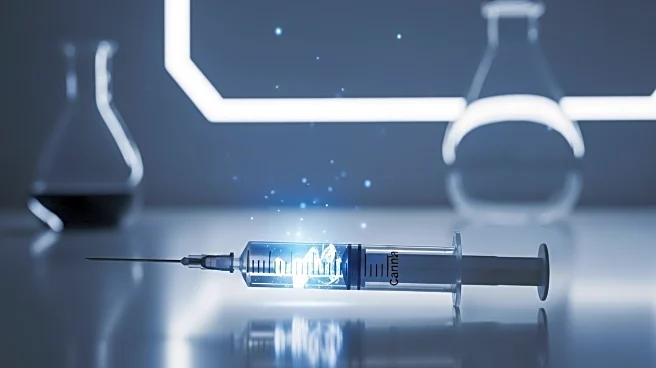What's Happening?
A collaborative research effort led by the University of Maryland and the U.S. National Institute of Standards and Technology (NIST) has tested off-the-shelf culture media from five leading suppliers using the NISTCHO, the first open-access industry-standard reference cell line. This study aims to lower the cost of monoclonal antibody production by transitioning from fermentation batch to continuous perfusion processing. The NISTCHO cell line, a Chinese Hamster Ovary (CHO) cell line, is designed to enhance reproducibility in experiments and facilitate collaborative research. The study found that different media formulations perform variably depending on the seeding density and modality used.
Why It's Important?
The development and testing of the NISTCHO cell line represent a significant advancement in bioprocessing, potentially reducing the cost of antibody therapeutics. By enabling more reproducible experiments across different labs, this initiative could accelerate the development of new biopharmaceuticals. The ability to test and optimize media formulations for specific processes can lead to more efficient production methods, benefiting manufacturers and ultimately patients who rely on these therapies.
What's Next?
The research team plans to explore the maximum density at which NISTCHO can be grown successfully and how to further enhance its productivity. This ongoing research could lead to more cost-effective and efficient bioprocessing techniques, with implications for the broader biopharmaceutical industry.











